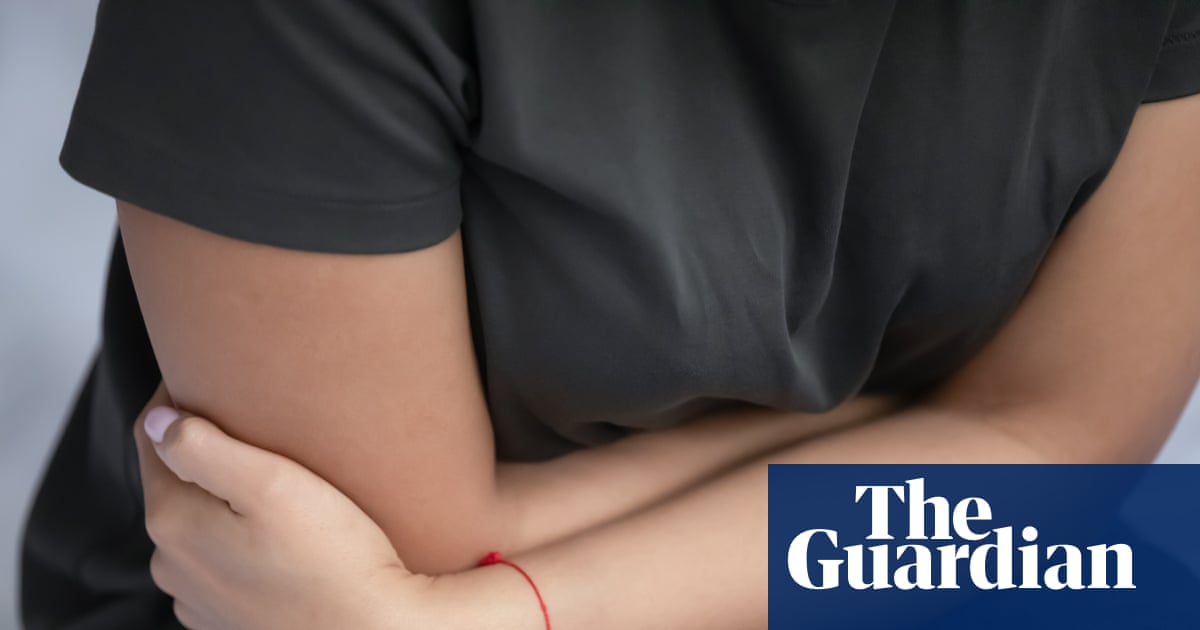
"Researchers said the findings should serve as a wake-up call to improve menstrual education, reduce stigma, and ensure young people have access to effective support and treatment early on. Academics at the University of Oxford analysed data from more than 1,100 participants in the Avon Longitudinal Study of Parents and Children and found that, compared with those who did not have painful menses, those with severe period pain (dysmenorrhoea) at 15 years old had a 76% higher risk of chronic pain by the age of 26, while those with moderate period pain were 65% more likely to have chronic pain as adults."
"While previous research has focused on pelvic pain, the authors say this study, funded by the Medical Research Foundation and published in the Lancet Child & Adolescent Health journal, is the first to reveal a link between adolescent period pain and chronic pain in other parts of the body. Moderate to severe period pain was strongly associated with the risk of developing chronic pain in the lower back and abdomen."
"But the findings also revealed that compared with those who did not have dysmenorrhoea, teenagers with severe period pain were more than twice as likely to develop chronic headaches or chronic knee, wrist, hand, foot or ankle pain in adulthood, and were 81% and 78% more likely to have hip and upper back pain respectively. While anxiety and depression could play a role in the development of chronic pain as an adult, the study found this was only a minor factor. The researchers believe that greater neuroplasticity during adolescence could make teenage brains more sensitive to repeated pain signals, which could change how they process pain in the brain."
Analysis of data from more than 1,100 participants in the Avon Longitudinal Study of Parents and Children links severe period pain at age 15 to a 76% higher risk of chronic pain by age 26, and links moderate period pain to a 65% increased risk. Moderate to severe period pain is strongly associated with chronic lower back and abdominal pain. Severe adolescent period pain is associated with more than double the risk of chronic headaches and chronic limb joint pain, and substantially higher risks of hip and upper back pain. Anxiety and depression play only a minor role. Greater adolescent neuroplasticity is proposed as a mechanism, and calls for improved menstrual education, reduced stigma, and early access to effective support and treatment follow.
Read at www.theguardian.com
Unable to calculate read time
Collection
[
|
...
]